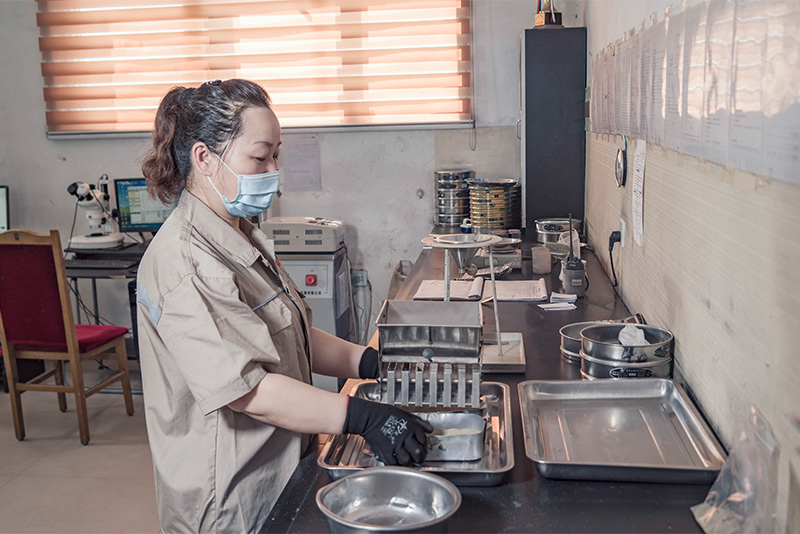Sanding for 3D Printing The Art of Surface Finishing
3D printing has revolutionized the manufacturing industry, enabling the creation of intricate models and prototypes with ease. However, one common challenge faced by many 3D printing enthusiasts and professionals is achieving a smooth surface finish. While 3D printers create objects layer by layer, this process often results in visible layer lines, which can detract from the aesthetic appeal and functionality of the printed item. Sanding is one of the most effective techniques for enhancing the surface finish of 3D printed parts, and understanding the techniques and best practices can significantly improve the quality of your prints.
Why Sanding is Important
Sanding serves multiple purposes in the post-processing of 3D printed models. Aesthetically, it helps to achieve a smoother, more polished appearance, making the final product more visually appealing. Additionally, a smooth surface can improve paint adhesion if you’re planning to paint your model, reducing the chances of chipping or peeling. Furthermore, sanding can enhance the tactile experience of the object, making it feel more refined and professional. In functional applications, smoothing the surface can reduce friction, which might be crucial for parts in mechanical assemblies.
Choosing the Right Tools
When it comes to sanding 3D printed parts, selecting the appropriate tools is crucial. Sandpaper is the most common tool, available in various grits from coarse (60 grit) to fine (400 grit and above). Starting with a coarse grit allows you to remove the most noticeable layer lines, while progressively moving to finer grits will help achieve a polished finish. In addition to sandpaper, consider using sanding sponges for more intricate shapes or details where standard sandpaper might struggle. For larger, flat surfaces, electric sanders can be an efficient option, saving time and effort.
Sanding Techniques
sanding for 3d printing

The technique employed during sanding is just as important as the tools used. It’s advisable to sand in a circular motion to avoid creating flat spots or uneven areas. After an initial sanding with coarse grit, switch to finer grits, gradually working your way to the desired smoothness. It’s essential to keep checking the surface to ensure you’re achieving an even finish. After sanding, clean the surface to remove any dust and debris, which can help when applying additional finishes or paints.
For certain materials, especially thermoplastics like PLA or ABS, wet sanding can be a game changer. Wet sanding involves using water or a lubricant while sanding, which can help reduce dust, prevent clogging of the sandpaper, and provide a smoother finish. This technique is particularly beneficial for achieving a glass-like finish on prints.
Post-Sanding Finishing Options
Once you’ve achieved the desired smoothness through sanding, you might consider additional post-processing techniques. Primers can fill in minor imperfections and prepare the surface for painting. Alternatively, chemical smoothing methods—such as using acetone vapor for ABS—can further enhance the surface finish, although these should be approached with caution due to safety concerns.
Final Thoughts
Sanding is a crucial aspect of post-processing 3D printed models, and mastering this skill can dramatically improve the quality of your prints. Whether for cosmetic reasons, functional applications, or preparation for painting, a well-refined surface can elevate your 3D print projects from good to outstanding. With the right tools, techniques, and a bit of patience, anyone can achieve professional-grade finishes, enhancing the overall success of their 3D printing endeavors.
Post time:Dec . 12, 2024 16:35
Next:Affordable Casting Sand Available for Purchase Online Today
